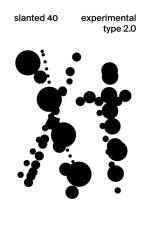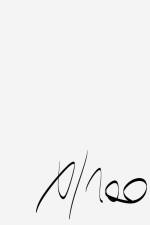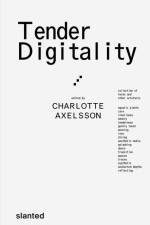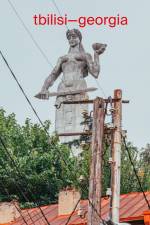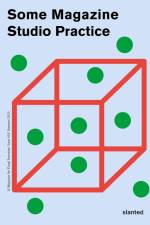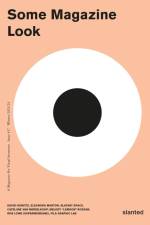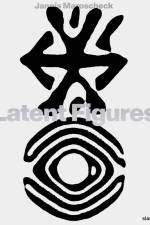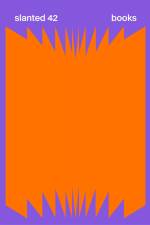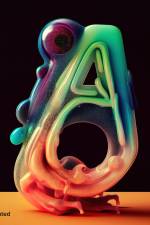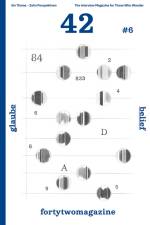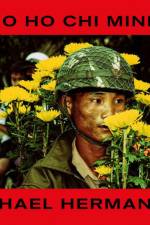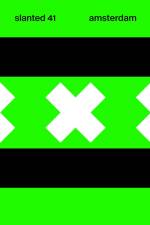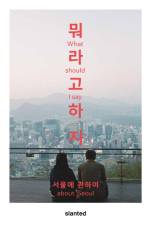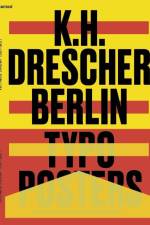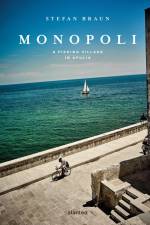av Eric Fritsch
407
Düsseldorf University of Applied Sciences reflects on a diverse and vibrant tradition in the field of poster design. Starting in 1968 with Uwe Loesch's corrugated cardboard posters, through the subtle design concepts of Helfried Hagenberg, works by Fons Hickmann and Andreas Uebele, to contemporary works by talented students.Some of the posters featured in this book have become part of the collections of the Museum of Modern Art (MOMA) or the Museum of Design in Zurich. Due to their exemplary design, many of these posters have received numerous awards.In this book, the texts and posters are arranged like a galley proof on a continuous strip. The working title for the book's design was "Poster Novel," exploring narrative forms for an ongoing story that raises the question: Are posters still surfaces that catch the eye? The title "Das Plakat isst eine Fläche" is a German wordplay for "The poster eats/is a surface". This book contains posters from Düsseldorf University of Applied Sciences since 1968, featuring works by artists such as Inga Albers, Heribert Birnbach, Dieter Fuder, Wolf Erlbruch, Hilde Gahlen, Tino Graß, Fons Hickmann, Holger Jacobs, Wilfried Korfmacher, Anika Kunst, Laurent Lacour, Uwe Loesch, Alexander Mainusch, Jens Müller, Stephanie Passul, Charlotte Rohde, Lilo Schäfer, Thomas Spallek, Philipp Teufel, Andreas Uebele, Piotr Zapasnik, and many others.

